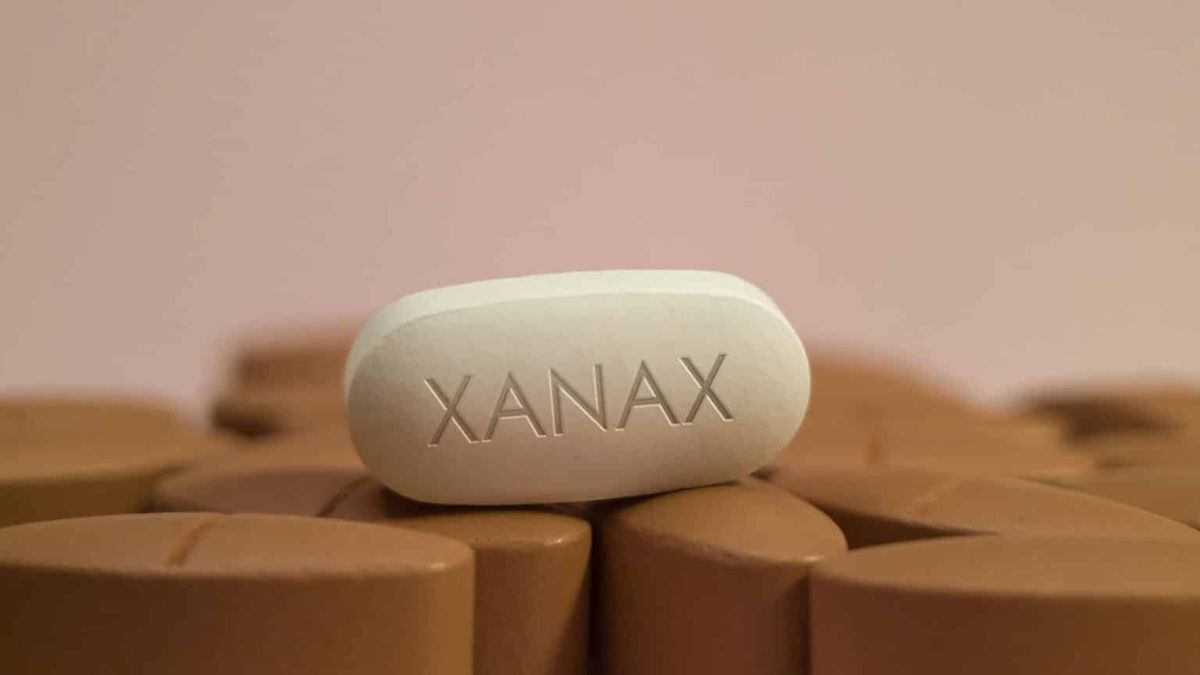In this comprehensive guide, we’ll dive into the essential insights on how to tell if frozen breast milk is bad.
By learning the signs and employing simple yet effective techniques, you can confidently provide your baby with the nourishment they deserve.
Let’s explore the key factors that determine the freshness and safety of your frozen breast milk!
The Role of Lipase in Breast Milk
One of the enzymes found in breast milk is lipase. Lipase helps break down the fats in the milk, making it easier for your baby to digest.
Some mothers produce milk with higher lipase activity, which can lead to changes in the smell or taste of the milk once it’s stored.
While these changes might seem alarming, rest assured that they do not affect the nutritional value of the milk.
Most babies don’t even notice these changes.
However, if your baby refuses to take thawed milk, you might need to consider scalding your milk after pumping.
How to Scald Breast Milk
Scalding breast milk can help deactivate the lipase enzyme and prevent changes in smell and taste.
Here’s how you can do it:
- Heat the milk in a small pot on the stove until you see tiny bubbles forming around the edge of the pan.
- Immediately cool the milk by placing it in the fridge.
- Once the milk is entirely cooled, store it in a freezer-safe container.
Scalding should be done as soon as possible after pumping to prevent any changes in the milk due to lipase activity.
What Happens When Breast Milk Separates?
When you store breast milk in a bottle or a bag, it starts to separate as it cools down.
The fat rises to the top, while the more water-based components stay at the bottom.
This separation is normal and similar to how oil separates from water in a salad dressing.
To mix the components back together, gently swirl the container until the milk is fully combined.
Proper Storage of Breast Milk
Proper storage of breast milk is crucial to maintain its quality.
Here are some general guidelines for storing breast milk:
- Store the milk in clean, sterilized bottles or breast milk storage bags.
- Seal the containers properly to prevent any air from getting in.
- Label the containers with the date of pumping.
- Store the milk in the back of the refrigerator or freezer, where the temperature is most stable.
- Avoid storing the milk in the door of the fridge or freezer, where the temperature can fluctuate.
How Long Does Breast Milk Last?
The duration for which breast milk can be stored depends on the storage conditions.
Here are the official recommendations from The Centers for Disease Control and Prevention (CDC):
- At room temperature: 4 hours for freshly expressed milk, 1 to 2 hours for thawed milk.
- In the refrigerator: Up to 4 days.
- In a regular freezer: Up to 4 months.
- In a deep freezer: Up to 12 months.
Once the milk has been thawed, it should be used within 24 hours.
Identifying Spoiled Breast Milk
Knowing how to tell if frozen breast milk is bad is essential to ensure your baby’s safety.
Here are some signs that your breast milk has gone bad:
Foul Smell
If your breast milk smells foul, like rotten cow’s milk, it’s likely gone bad. However, a change in smell doesn’t always indicate spoilage.
Breast milk can release certain odors due to the breakdown of fats by enzymes, resulting in a metallic or soapy smell.
This doesn’t necessarily mean the milk is bad, and most babies are not bothered by it.
However, if you’re doubtful, it’s better to err on the side of caution and discard the milk.
Doesn’t Mix When Swirled
Breast milk naturally separates when it settles.
Swirling it gently should mix the components back together.
If your breast milk doesn’t mix when swirled, or some chunks won’t mix, it’s worth checking if the milk has been stored properly.
Stored in the Fridge for More Than 4 Days
Fresh breast milk can be refrigerated for up to 4 days. If it has been in the fridge for more than four days, it’s probably unusable.
Improper Storage
If your breast milk wasn’t sealed or stored properly, or if there was a tear in the bag or container, the chances of spoilage increase.
It’s essential to use containers specifically designed for breast milk storage.
These containers are made with safe plastics that can withstand storage conditions.
Sour Taste
Tasting some of your milk can help you determine if it’s gone bad. A sour taste can indicate spoilage.
However, as with smell, a change in taste doesn’t always mean the milk is bad.
Again, if in doubt, it’s best to discard the milk.
What Does Bad Breast Milk Look Like?
Bad breast milk can appear curdled and may be yellowish or brownish. It might also have a lumpy or gelatinous texture.
Remember, though, that breast milk naturally separates when stored, so don’t mistake this for spoilage.
What Does Spoiled Breast Milk Smell Like?
Spoiled breast milk, like spoiled formula, smells foul or sour, like rotten cow’s milk.
However, some mothers report a metallic or soapy smell due to high lipase activity.
If you’re unsure, it’s best to err on the side of caution and discard the milk.
What Does Breast Milk Taste Like?
Breast milk generally has a sweet and creamy taste due to the presence of lactose and fats.
However, the taste can vary from mother to mother and can even change during different stages of lactation.
A sour or rancid taste can indicate that the milk has gone bad.
Can You Mix Breast Milk from Different Days?
Yes, you can mix breast milk from different pumping sessions.
However, ensure the milk is cooled to the same temperature before mixing to prevent bacterial growth.
Also, remember to swirl the milk gently to mix the fat that might have separated.
Understanding High Lipase Breast Milk
If your breast milk has a soapy or metallic smell or taste after being stored, you might produce high-lipase breast milk.
While this doesn’t affect the quality of the milk, some babies might refuse to take it.
In such cases, scalding the milk can help.
Frequently Asked Questions (FAQs)
How do you warm up frozen breast milk?
The best way to thaw frozen breast milk is to place it in the fridge overnight. If you need it quickly, run the bag under warm tap water or place it in a bowl of warm water for a few minutes.
Can you refreeze breast milk?
Refreezing breast milk once it has been thawed is not recommended, as it can lead to bacterial growth.
Can you reheat breast milk after it’s been reheated once?
Breast milk should be heated only once. Reheating can cause bacteria buildup and reduced nutrients. You should dispose of any reheated milk that’s left over.
Does breast milk go bad in the freezer?
While freezing helps preserve its quality, breast milk can eventually experience changes and may go bad if stored for too long. The CDC recommends storing frozen breast milk for no longer than six months to a year.
Wrapping it Up
Knowing how to tell if frozen breast milk is bad is essential for every breastfeeding mother who pumps and stores her milk.
It ensures your baby gets the best quality milk, free from spoilage.
If you’re ever in doubt about the quality of your stored milk, remember the golden rule: When in doubt, throw it out.
It’s always better to err on the side of caution regarding your baby’s health!
Disclaimer: The information provided in this article is for educational purposes only and should not serve as a replacement for legitimate medical advice. Always consult your healthcare provider if you have concerns about your baby’s nutrition or health.







